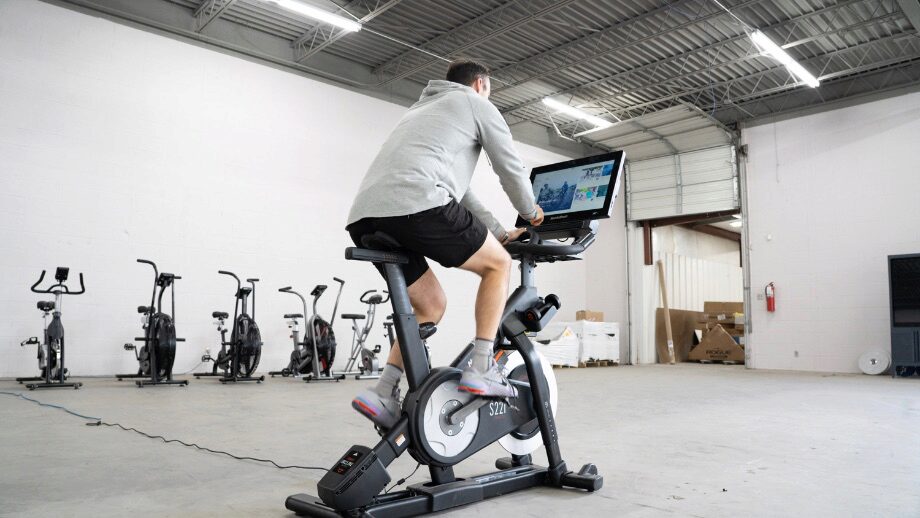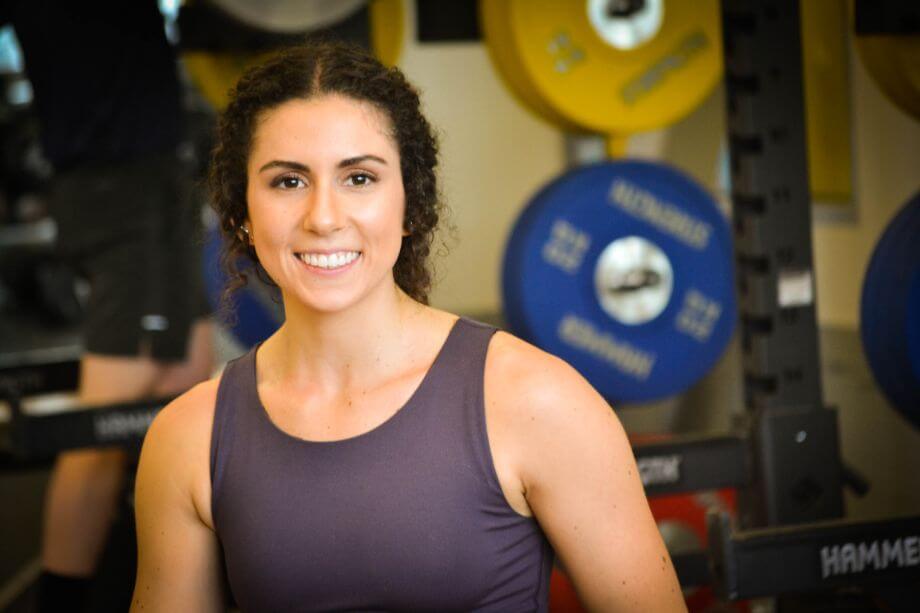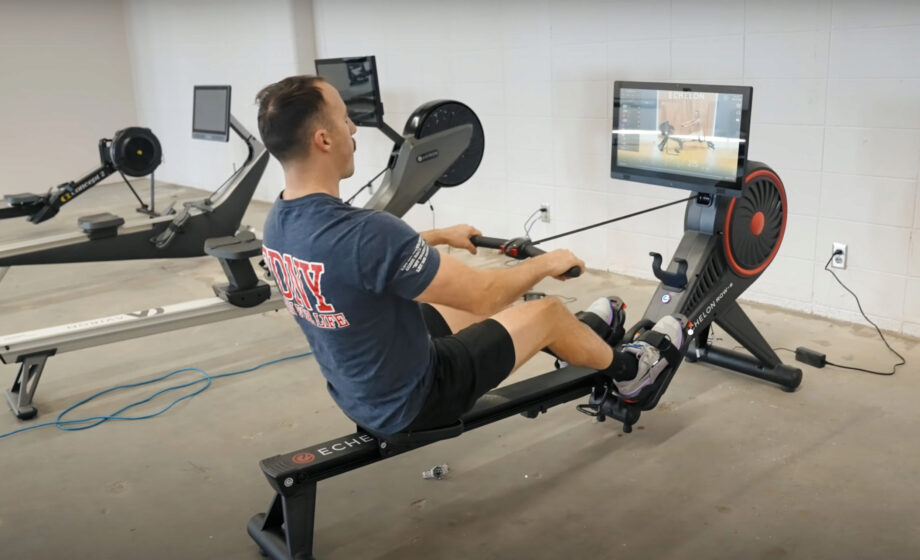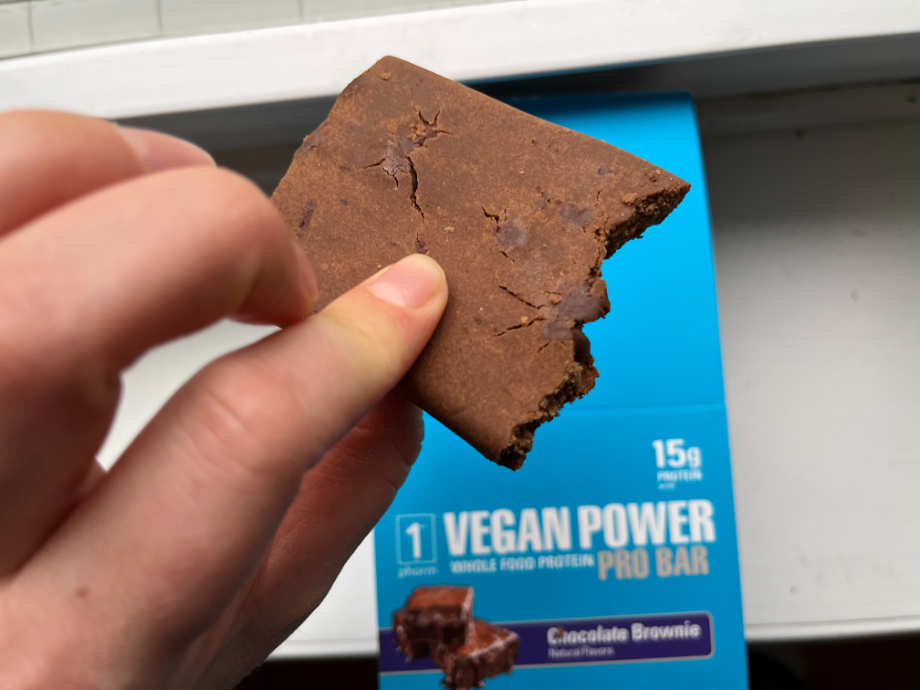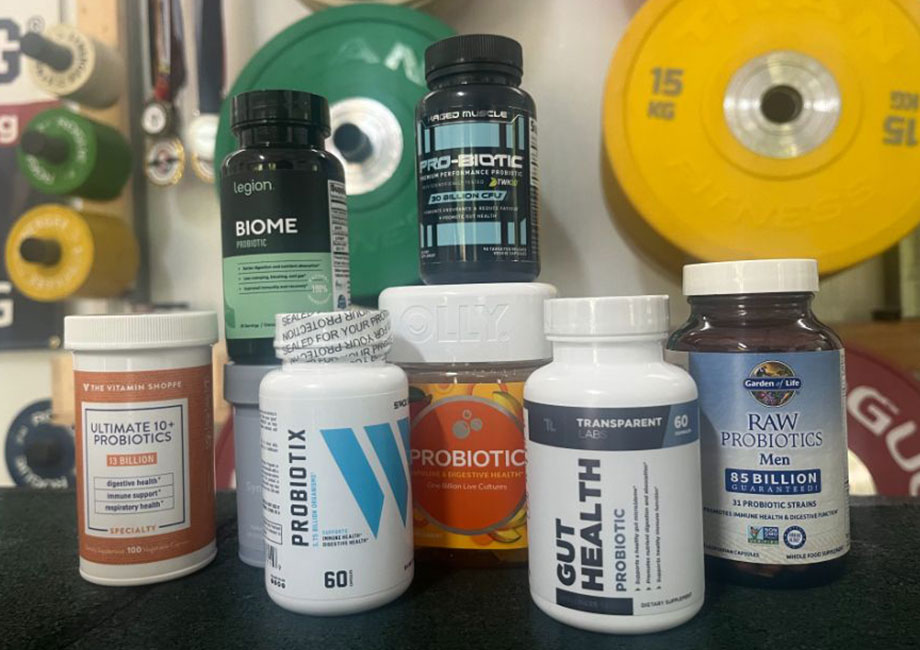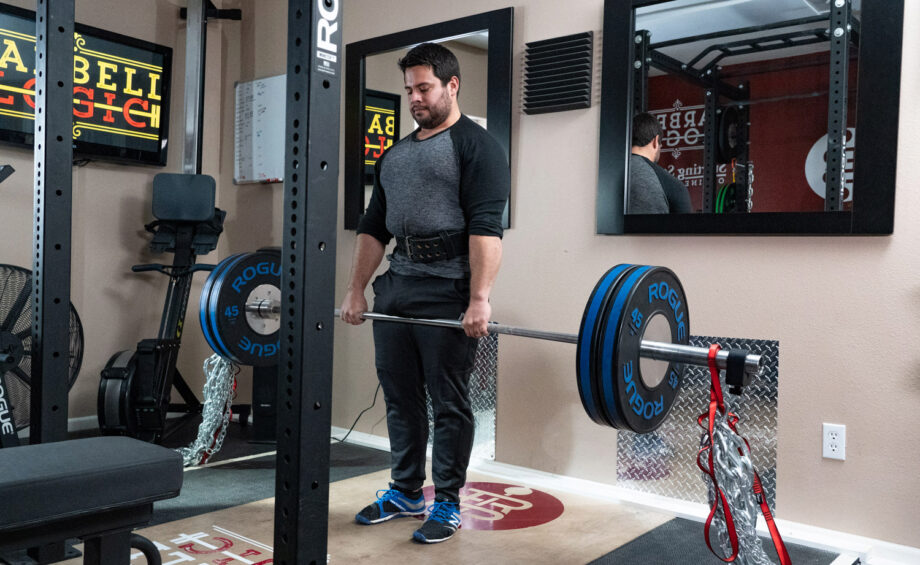The longer you work in or recreate in the fitness industry, the more you understand that “it depends” is the answer to most questions. You see, whether you’re wondering if fasted cardio is the magic pill for fat loss or if stretching actually does anything, there is rarely, if ever, a single definitive answer.
This is true, too, if you’re wondering: “Does cardio build muscle?”
It does, and it doesn’t. Confused? Let me, a 5-year certified personal trainer, CF-L1, and functional training specialist, explain.
Cardio can build muscle—certain types of it, anyway. But certain types of cardio exercise (and high volumes of it) may hinder muscle growth.
Ahead, learn exactly how cardio affects the body, whether or not it can induce muscle hypertrophy, and if cardio should be a part of your training program.
Physiological Responses to Cardiovascular Exercise
Before we can understand if cardio builds muscle or not, we need to look at the physiological effects—that is, what happens inside your body—when you do cardio workouts. Here’s a look at the basics of the main two types of cardio (high-intensity interval training and low-intensity steady-state training) and how they affect the human body.
What is HIIT?
High-intensity interval training (HIIT) is exactly what it sounds like: Very intense periods of work followed by periods of complete rest or extremely low-intensity movement.
Examples of HIIT include:
- Running 200-meter sprints followed by complete rest for one to two minutes
- Rowing for 1 minute at 80% effort and rowing for 1 minute at 40% effort
- Tabata workouts
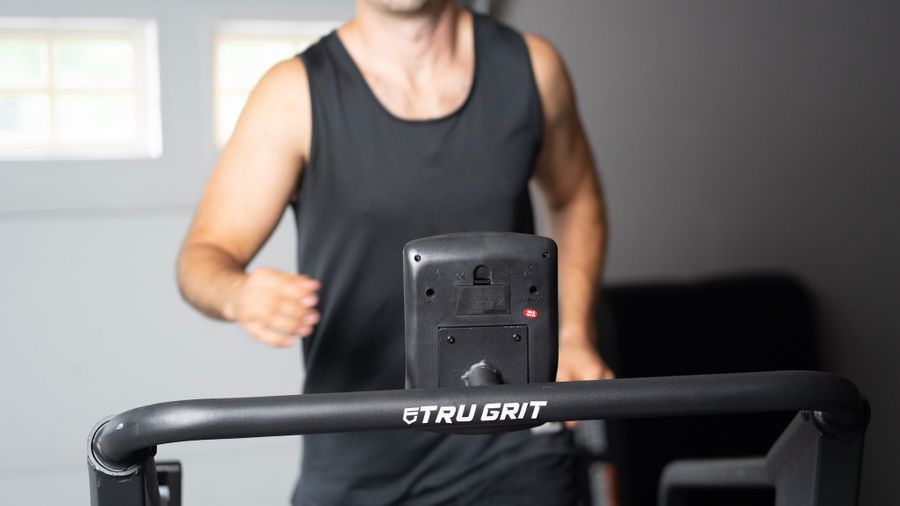
What is LISS?
Low-intensity steady-state (LISS) training is also exactly what it sounds like (exercise scientists are nice about naming things, yeah?).
LISS is your basic aerobic exercise that comes to mind when most people think of cardio. It’s primarily a form of endurance training and includes things like:
- Running a 10K
- Going for a long walk
- Riding your bike for an hour
What’s confusing about the naming convention here is that moderate-intensity cardio sessions also fit into this category. Something like performing a triathlon certainly isn’t low-intensity, but it’s not an interval training workout either.
Basically, any activity you do at a sustained pace for a given amount of time is steady-state exercise.
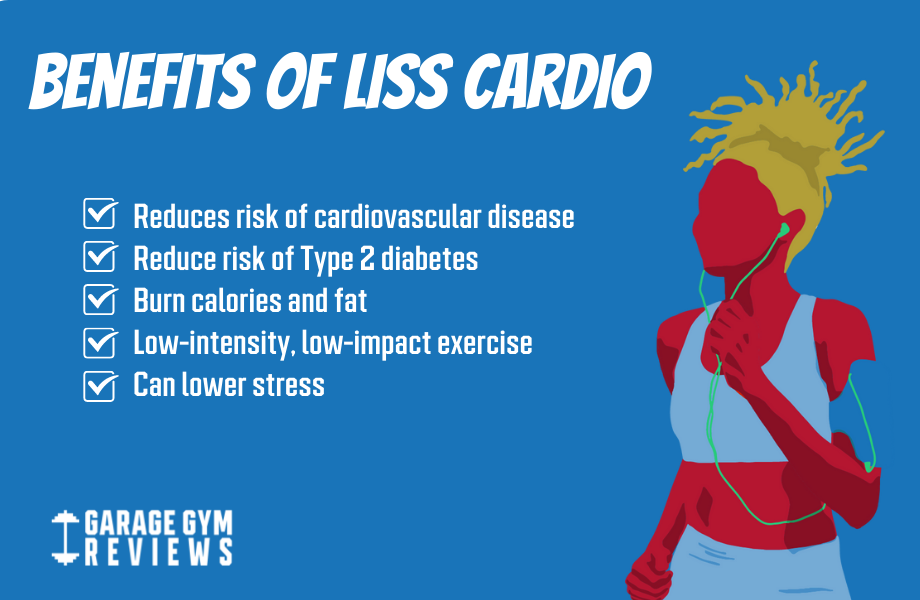
What Does HIIT Do to the Body?
From novice exercisers to highly trained individuals, scientific studies show time and time again that HIIT is one of the most time-efficient and effective types of exercise. Some of the studied benefits of HIIT include:
- Weight loss
- Reduced risk of cardiovascular disease
- Increased bone density
- Possible fall risk reduction in older adults
- Increased VO2 max
- Positive changes in body composition (i.e., fat loss and growth of new muscle tissue)
What we really want to focus on here are those last two bullets: increased exercise capacity (VO2 max) and increased muscle mass.
Let’s look at one study from 2018 that took a group of 16 participants through 12 weeks of HIIT protocols. Half of the participants did only HIIT rowing workouts for 12 weeks. The other half did “multimodal” HIIT for 12 weeks, which included a variety of bodyweight training exercises and cardio modalities.
At the end of the study, all 16 participants showed increases in lean body mass (including muscle mass and bone density), as well as improvements in the broad jump, back squat, squat endurance, and deadlift one-rep max. However, the multimodal group showed significantly more improvement in the deadlift.
What can we learn from this? Well, HIIT with cardio movements alone (rowing, running, elliptical training, biking) does have potential for increasing muscle mass. But, HIIT that includes multiple types of exercise, particularly bodyweight exercises, has even greater potential.
What does LISS Do to the Body?
Steady-state training primarily involves the aerobic energy system, colloquially known as endurance training. It increases your body’s capability to sustain a type of exercise for long periods of time.
Studies show that LISS has many health and fitness benefits, including:
- Weight loss and fat loss
- Improved cardiovascular health
- Increased endurance and stamina
- Easier to recover from than HIIT
- Helps with long-term weight maintenance
You’ll notice that “increases muscle mass” isn’t on that list. Steady-state training won’t pack on new muscle like HIIT—and definitely not like strength training—can.
There are always exceptions. (Remember when I said the answer is always “it depends”?) For example, hiking would be considered by most a form of LISS. But hiking—especially on steep or rocky terrain—involves an element of resistance and thus can certainly build muscle, particularly for people who don’t hike often.
Read more: Steady-State Training vs HIIT
Skrrt, What About HIIRT?
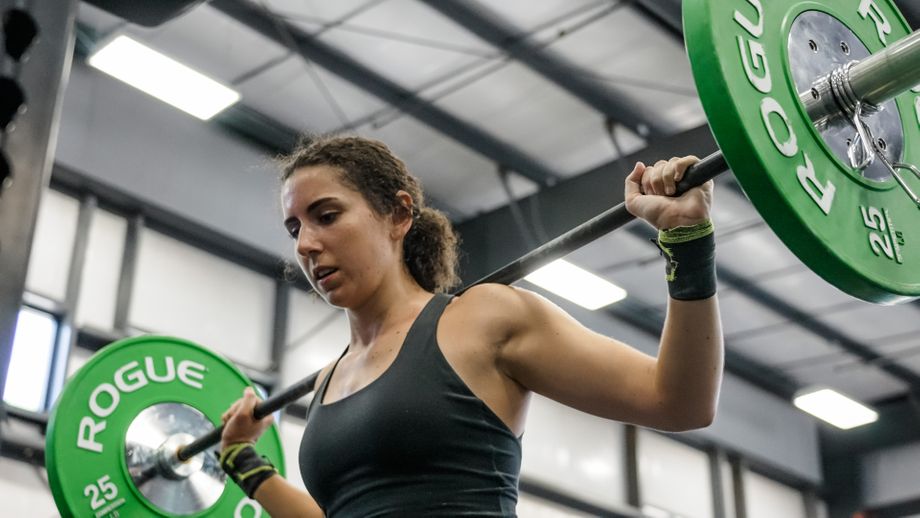
HIIRT, you say? Don’t you mean HURT?
Nope. HIIRT is the new kid on the block and she deserves a shoutout in this guide to cardio and muscle-building. This is your universal key to gaining muscle size and muscle strength while doing something that feels like—and elicits many of the same benefits—as traditional cardio workouts.
HIIRT stands for “high-intensity interval resistance training” and it’s not really a novel concept (helloooo, CrossFit). But the coining of the term is relatively recent, as is the attention it’s getting from exercise scientists.
A 2020 study looked at the effects of six weeks of HIIRT on body composition, resting energy metabolism, aerobic capacity, and muscle strength compared to the effects of six weeks of traditional resistance training on the same outcomes.
When the six weeks were up, subjects who participated in either protocol showed increases in muscle strength—but only the HIIRT participants showed improvements in both muscular endurance and increases in lean body mass (AKA new muscle.)
How’s that for a one-two-punch?
Related: Best pre-workout for men
Can Cardio Hinder Muscle Growth?
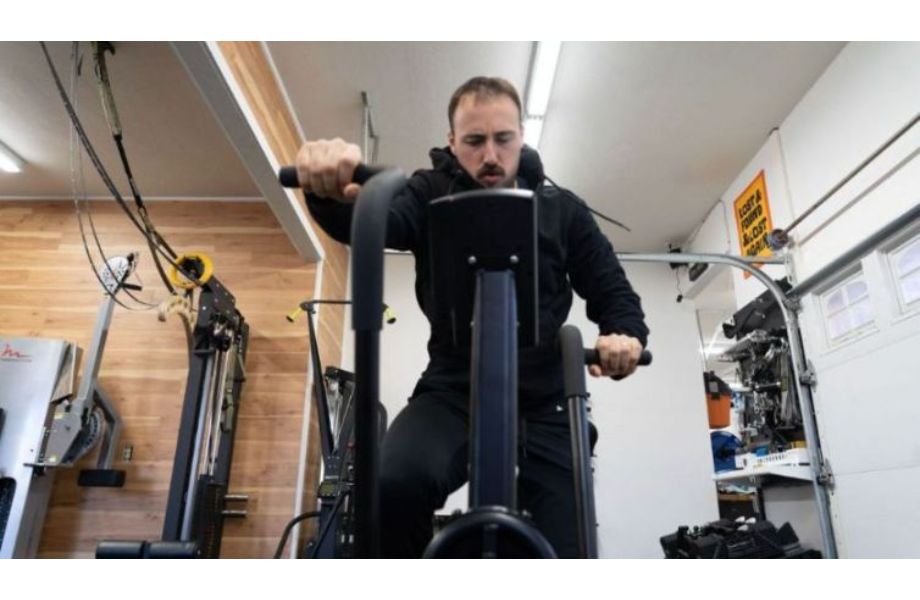
The short answer: Yes.
As you just learned, different types of cardio elicit different responses. HIIT and HIRT have potential for hypertrophy, while LISS doesn’t offer the same muscle-building benefits.
In addition to type, it’s also crucial to pay attention to volume. Even HIIT and HIRT don’t have the same potential as straight-up strength training with heavy-for-you weights. Doing interval workouts at the expense of traditional weight training workouts can slow down your hypertrophy progress, too.
Fat Loss vs Muscle Growth
One important thing I want to call out is that fat loss and muscle growth are not the same. There’s an optical illusion that often occurs when people start exercising and use cardio as their primary modality: fat begins to disappear and your body looks leaner.
This does not, however, necessarily mean you’re gaining muscle. It means that your ratio of body fat to muscle is positively improving, but it’s probably due primarily to fat loss.
Muscle growth occurs when muscle fibers endure damage. They then rebuild and repair, bigger and denser, when the body recovers from exercise.
Other Factors That Affect Cardio and Muscle Growth
Aside from the type of cardio you do, there are a few other things you should know about how cardio can affect your strength gains and muscle mass.
- Your training age: Beginners get to have all the fun in fitness! When you’re just starting out, any type of cardio will help you burn fat and gain muscle, since your muscles are being exposed to new challenges. As you advance, gains slow down, and it becomes harder to put on muscle (doing any type of exercise) when you’re closer to your body’s natural potential.
- Current fitness level: Likewise, if you’re already accustomed to high volumes of cardio exercise, more cardio will not help you build muscle.
- Current body composition: Individuals with low body fat won’t see results from cardio visually like individuals with higher body fat levels. This doesn’t mean cardio isn’t helping you—it has more benefits than just body recomposition—but you’re not going to see the same difference in body comp if you don’t have a lot of fat to lose.
Balancing Cardio and Strength Training
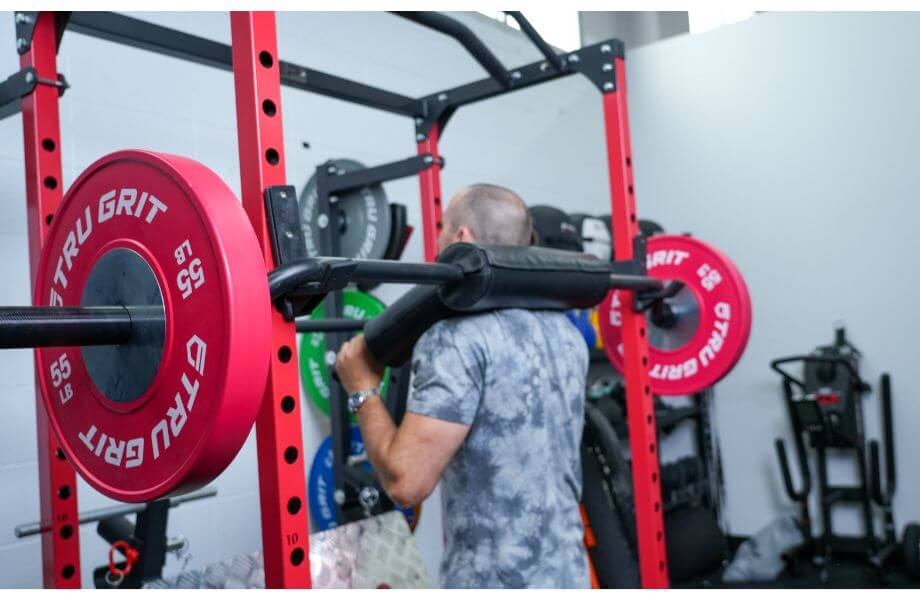
Cardio exercise and strength exercise both have many valuable health benefits. A well-rounded fitness routine includes both. For the average fitness enthusiast and anyone who works out for general health and wellness, a balance of strength and cardio workouts will produce the best long-term results.
Tips For Building Muscle
If you’re really serious about packing on pounds of muscle, incorporate these simple tips into your everyday routine.
- Focus on resistance exercise: Although some types of cardio may help you build muscle, resistance training reigns supreme for hypertrophy.
- Do compound exercises: Squats, deadlifts, bench press, lunges, overhead press, and rows are your friends. Perform them. A lot. Isolation exercises are great, but multi-joint exercises are known to have a greater metabolic impact and elicit greater muscular adaptations.
- Eat plenty of protein: Protein is known as the king of macronutrients for its importance in the muscle-building process. Your muscle fibers are made of protein at the molecular level.
- And carbohydrates: Although carbs don’t make up your muscle fibers, they are important for muscle growth. Carbohydrates spare proteins, meaning that when you have enough carbohydrate stores in your body, your body will use that energy before breaking down proteins.
- Take the right supplements: The world of supplements is a tricky one. Be sure to read labels, do your research, and focus on the supplements that have been proven to work, like protein and creatine.
- Utilize the right rep range: Scientific literature supports a rep range of eight to 12 for optimizing muscle growth. It’s never a bad idea to mix in strength-focused weightlifting at lower rep ranges or to add in endurance-focused sets of 15+ reps. But for hypertrophy specifically, focus on that 8 to 15 range.
- Do your warm-ups: Warming up often feels like a time-suck, but did you know it can actually increase your odds of building muscle? A proper warm-up directs blood flow to the muscles you intend on using and elevates your heart rate to prepare your body for exercise. Warming up is also thought to decrease your risk of injury during exercise.
- Respect your soreness: Know and heed the signs of overtraining syndrome. Training too much can cause unnecessary breakdown of muscle fibers and a host of other adverse effects.
Final Thoughts: Does Cardio Build Muscle?
Yes and no. Remember, it depends on the type of cardio and how much of it you perform. To recap:
- HIIT and HIRT are the keys to building muscle with cardio exercise.
- Your low-impact cardio sessions, such as walking and elliptical training, likely won’t do much for muscle growth, unless you’re focusing heavily on incline training.
- Too much cardio can hinder muscle growth.
- Factors like your training history affect the muscle-building potential of cardio for you specifically.
FAQs About Cardio and Building Muscle
Can you gain muscle by doing cardio?
You sure can, cadet. It just depends on what form of cardio you do and how much of it you do. You’re not going to become a Mr. Olympia-level bodybuilder by doing only cardio—weight training remains king for building muscle and getting stronger.
What type of cardio is best for muscle gain?
High-intensity interval training (HIIT) and high-intensity interval resistance training (HIIRT) are the best forms of cardio exercise for muscle gain.
What does cardio do to muscles?
Endurance cardio workouts improve the muscles’ ability to sustain repetitive movement for a long period of time. HIIT cardio workouts improve your body’s anaerobic capacity, meaning it increases your muscles’ ability to work really hard for short periods of time (under two minutes at a time).


